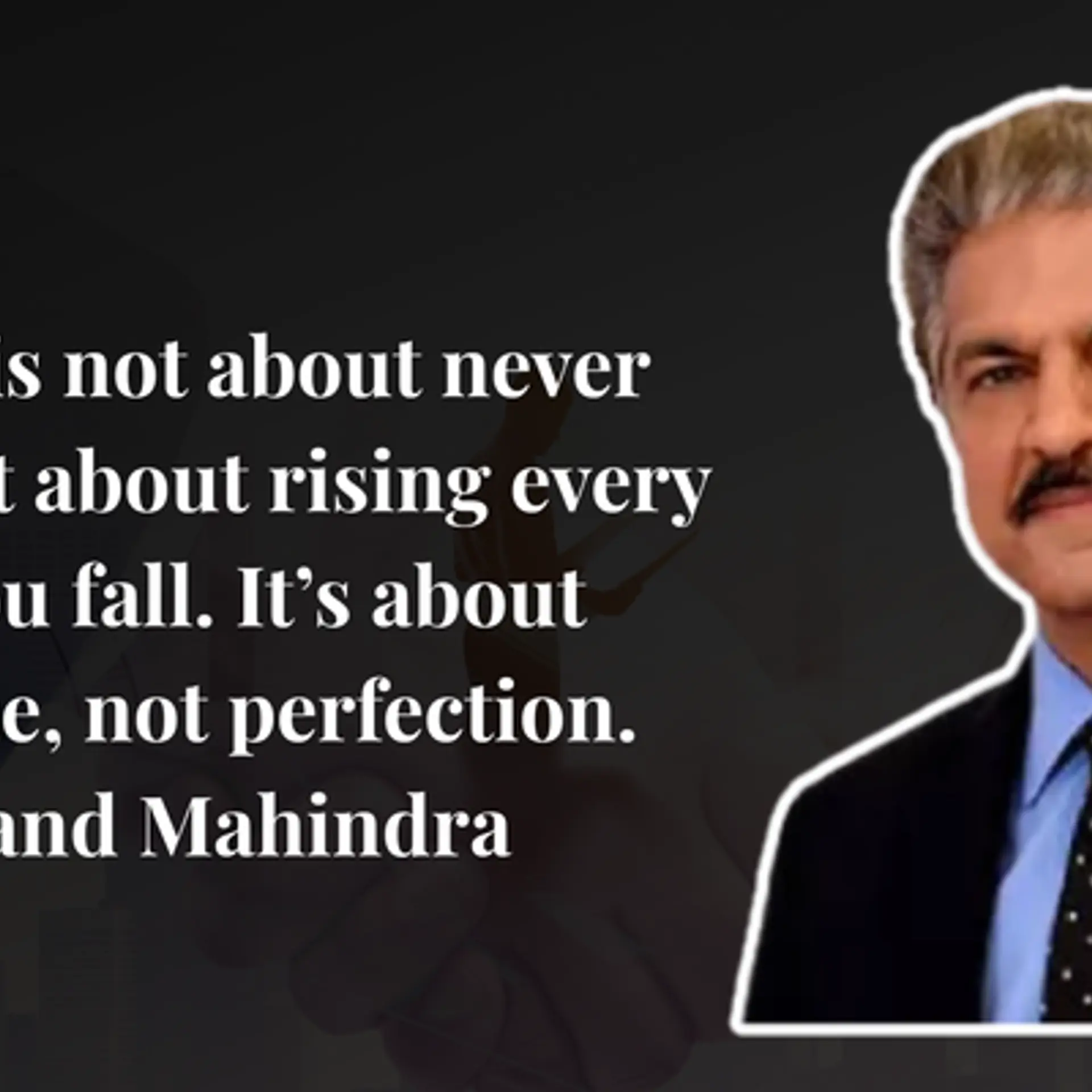22 invaluable do's and don'ts for drafting a resume
A resume is the first, and hence most important, impression a job seeker makes on a potential employer. A good resume doesn’t just list all of the applicant’s achievements, experience, and educational qualifications. It convinces recruiters that the person is suitable for the job they’re applying to. And despite the growing trend of hiring using sites like LinkedIn and AngelList, resumes remain an ineluctable part of the recruiting process.

Recruiters usually have to sift through several resumes while hiring for a single position. Hence, they don’t spend more than a minute on each resume. A quick glance with a focus on job titles, previous companies, and education tells recruiters if the candidates are worth more of their time — research has found that 75 percent of candidates are eliminated on the basis of their resumes alone. Drafting the perfect resume is imperative then; fail to do so and you won’t be allowed to cross the threshold of the company. To help you job seekers navigate this tricky endeavour, we’ve created a list of do’s and don’ts to follow while drafting your resume. Take a look.
Do:
Start with a template
Resume templates are available by the thousands today and they eliminate the need to create a resume from scratch. Remember to select the most appropriate one for your desired job role.
Keep it short
Resumes that are longer than one page are frowned upon by human resource personnel. Your resume should condense all relevant information clearly in around 600-700 words. If it’s impossible to do so in one page, a two-page resume is acceptable, but nothing longer than that.
Add a summary statement
Almost every job seeker adds an objective statement at the start of their resume, but a summary statement is far more beneficial. A short summary of your experience, achievements, and aspirations allows potential employers to quickly glean all the information they're seeking without going through the entire resume.
Include your contact info
It may seem like a no-brainer but quite a few job seekers forget to include contact information in their resumes. Phone number, e-mail id (a professional one), and current city of residence are a must, and adding links to a LinkedIn profile or a personal website is also becoming a common practice nowadays.
Use power words
Keywords like ‘experience’, ‘management’, ‘professional’, ‘knowledge’, ‘establishes’, and ‘motivates’ have been proven to have a positive impact on a resume. Try including them where you can but be sure not to go overboard while doing so.
Use numbers and data
Numbers stand out in typically text-dominated resumes. Using digits to mention years of experience or percentages while highlighting your performance figures are not only easier to read, they also take up less space on a resume's valuable real estate.
Include necessary sections
Every resume should feature a few sections by default — ‘‘summary’, ‘work experience’, ‘education/training’, and ‘references’ are ones that should always be included in your resume. Others like ‘languages’ and ‘hobbies’ should only be included if they're relevant to the job you're applying for.
Mention soft skills
A survey conducted by Wall Street Journal found that over 90 percent of the polled executives valued soft skills as much as, or more than, technical skills. Communication, organisation, initiative, willingness to learn, and more come under the soft skills umbrella, and they must be clearly mentioned in a resume.
Add volunteer work experience
If you've worked as a volunteer for a non-profit or non-government organisation, adding it to your resume can be quite useful. You would have undoubtedly picked up a few skills during your tenure there which might be useful for the job you're currently vying for. It also makes your resume stand out in a crowd of similar-looking ones.
Proofread
A single typo on your resume can damage your credibility. Despite this, a large number of resumes often feature easily avoidable misspellings and grammatical errors. To avoid falling into this trap, make sure you proofread your resume several times before sending it out to your potential employers.
Write a cover letter
It may not be a part of a resume in the strictest sense, but a cover letter can prove to be invaluable for job seekers. It’s a letter of introduction that can be used to grab an employer’s attention by highlighting key points and providing an explanation of why you are the most suitable person for the job.
Don't:
Mention obvious skills
Skills like ‘using the internet’ and ‘proficient at Microsoft Word’ are so ubiquitous that they don’t warrant a mention on a resume anymore. Avoid such obvious skills in favour of unique ones that separate you from the rest of the applicants.
Use undermining words
Certain words and phrases can have a negative impact on your resume. These words include ‘objectives’, ‘loves’, ‘tries’, ‘first time’, ‘myself’, and ‘chance’, among others. Such words must be avoided in favour of the powerful keywords mentioned earlier.
Reveal confidential information
Job seekers sometimes make the mistake of revealing confidential information in their resumes. Salary, confidential work assignments, as well as personal details such as religious views, political affiliations, sexual orientation, and marital status, should never be mentioned in a resume.
Use too many fonts
Unless you’re an expert at typography, stick to a maximum of two fonts while drafting your resume. Trying out combinations of several fonts to highlight specific information just makes it harder for recruiters to read your resume. And while we’re on the subject of fonts, be sure to use professional looking ones and avoid ‘comic sans’ at all costs.
Include random hobbies
Whether your resume should feature a hobby section is up for debate. But in case you do decide to include it, don’t mention random things like ‘watching TV’, ‘browsing the internet’, and ‘playing sports’ as your hobbies.
Go overboard with formatting
While designing your resume, adhere to the principle of ‘style over substance’. Unless you’re a designer or artist applying for a creative role (which warrants a good portfolio in addition to a resume), a traditional resume with simple formatting that is easy to read is always the best option. And formatting brings us to the next point.
Send it as a Word Document
Sending your resume as a .doc file carries the risk of the formatting getting messed up when the recruiter views it. Always save and send your resume as a PDF file to make sure it retains its formatting.
Include irrelevant experiences
It is very likely that you have experience working at a job which is completely unrelated to the role you’re currently applying for. If this happens to be the case, be sure to leave it out of the ‘experience’ section of your resume.
Copy the job description
Writing the ‘objective/summary’ section of the resume is arguably the most difficult part of drafting a resume. That’s why people often resolve to copying exact phrases and words from the job description. Avoid doing this and instead inform the recruiter of your worth with examples in another section of the resume.
Include your entire work history
Listing every single job you’ve ever held on your resume, especially if you’ve changed jobs multiple times, is a recipe for disaster. It makes your resume cluttered and makes it harder for recruiters to find relevant information.
Lie
The adage ‘honesty is the best policy’ holds true for resumes. Lying on your resume — whether it’s about your grades in college, or how long you worked at a company, or what you achieved during your time there — always has a negative outcome for fairly obvious reasons.
Apply to a job with a resume that follows these guidelines and you’ll stand a good chance of progressing to the next round of the recruitment process. And once that’s done, you can begin worrying about how to ace an interview instead.







